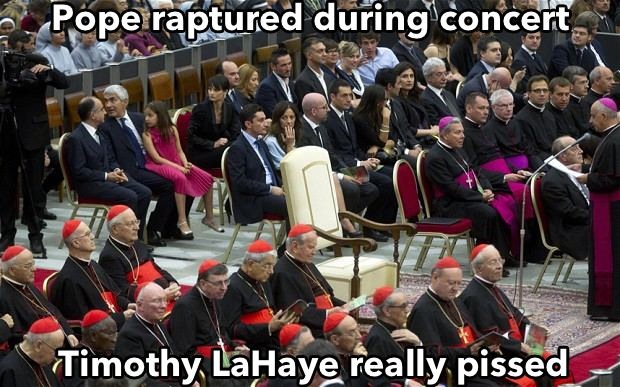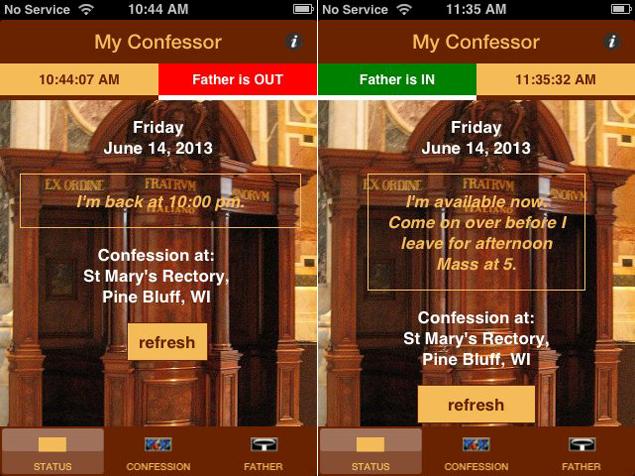It says a lot about the Democratic Party by the women they account as heroes.
Last year it was Sandra Fluke, then a 30-year-old law student at Georgetown, who was invited by Democrats to speak at a hearing by the House Oversight and Government Reform Committee on new Administration rules concerning the Conscience Clause exceptions. We learned that a student paying $60,000+ tuition wanted taxpayers to pay for her contraception. She told a tale of woe of poor Ivy League students not being able to afford the costs of contraception. That somehow something that costs $9 a month at a Target store now required the Taxpayers to pick up the tab. So ridiculous, yet became a Democrat folk hero.
Now we have Wendy Davis a State Senator in Texas.
AUSTIN, Texas, June 26, 2013 (LifeSiteNews.com) – Amidst a mob of shouting pro-abortion advocates, a Texas bill to ban abortion after 20 weeks failed to pass despite securing the needed votes because the voting concluded two minutes after the session’s midnight deadline.
Democratic Sen. Wendy Davis successfully filibustered the bill Tuesday for eleven hours. After that a large crowd of abortion advocates, led by Planned Parenthood president Cecile Richards, took over and interrupted the proceedings by shouting. State troopers were called in and at least one protester was arrested.
On Twitter, the bill’s opponents urged fellow abortion advocates to “rush the floor” in order to stop the vote. Richards herself egged them on, tweeting: “Make some noise – louder!”
The maneuvering won approval from President Obama, who tweeted Tuesday night that “something special” was happening in Austin. (source)
Although I think this was intended more as a “fetusbuster” than a “filibuster.”
The connecting piece to become a Democratic women folk hero is of course tied to the prevention of birth. That anything that helps women to be more man-like is to be applauded. Women have to have contraception so that nothing might interrupt a career. Women have to have abortion as backup contraception for the same reasons. Feminism has come to mean sterile women or fertility with an on/off switch.
Yes you can advocate for the murder of a 4 1/2 month or older baby or try to get taxpayers to pick up your contraception tab and you’re a hero. The media will fawn all over you and even gush about your pink running shoes.



